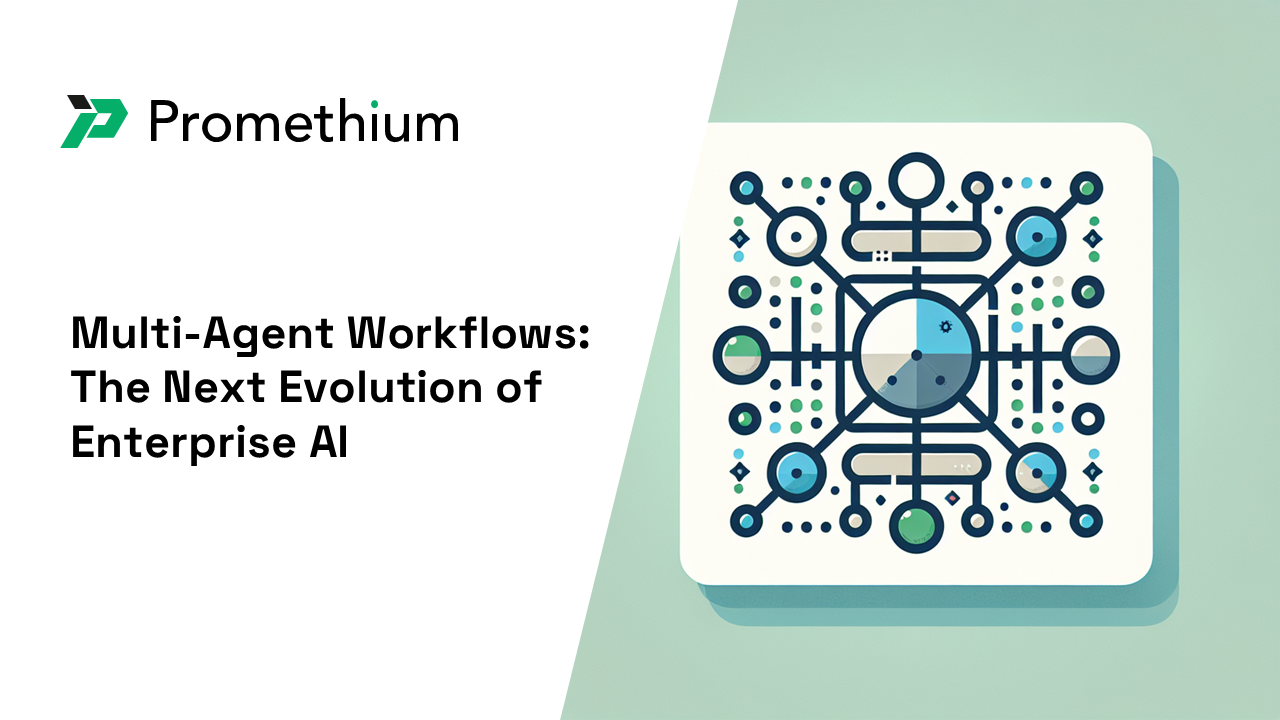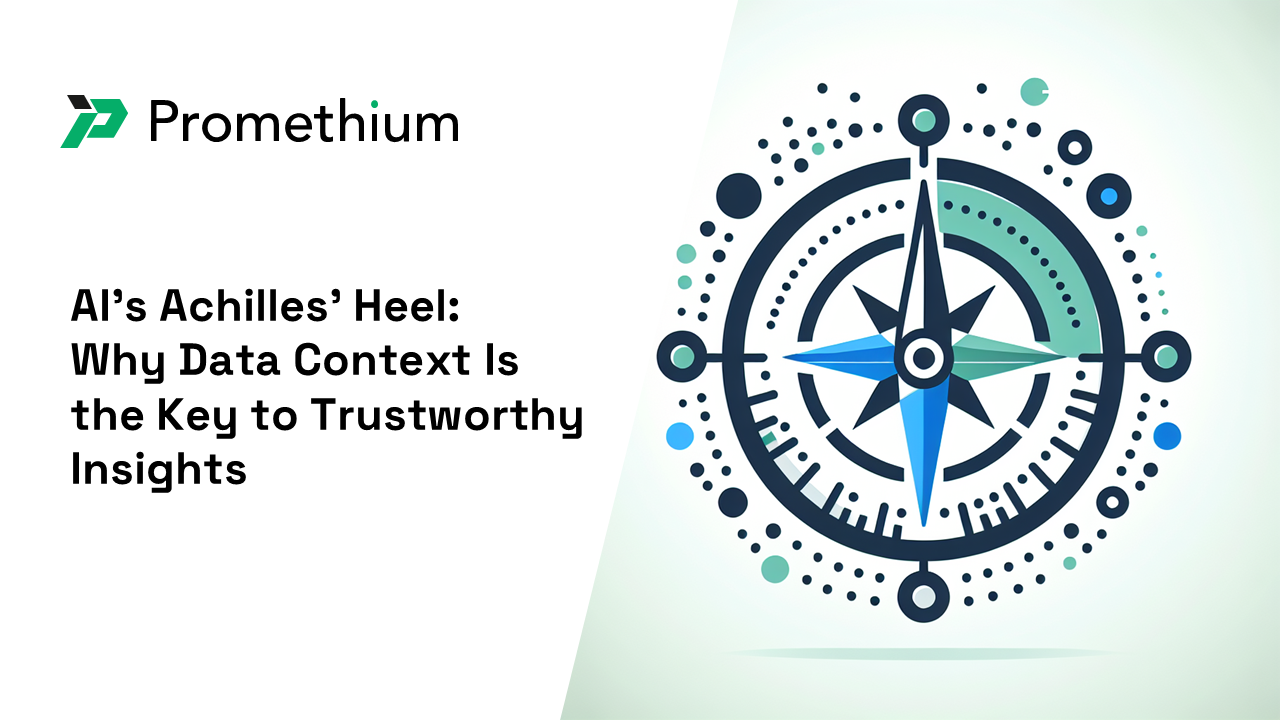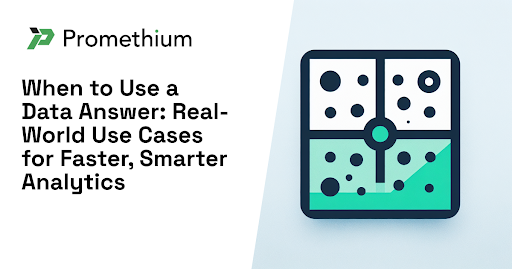In the digital era, organizations must continuously adapt to new challenges while maintaining the reliability of their core operations. This dual need for stability and innovation has given rise to the concept of bimodal IT – the practice of managing two distinct styles of work: one focused on predictability and the other on exploration. This framework enables enterprises to balance the optimization of established systems with the need to experiment and drive future growth.

AI-Generated “Decision Tree with Data Pipeline”
The bimodal approach is not just limited to IT, though. It’s equally relevant to data and analytics, which play a critical role in data-driven decision-making. Just as bimodal IT separates stable operations (Mode 1) from innovative ventures (Mode 2), bimodal data pipelines can be divided into two categories:
Mode 1: pipelines that handle established, production-ready workflows for dashboards
Mode 2: pipelines that support more experimental, iterative processes for quick, ad hoc decision-making
In most organizations, only Mode 1 pipelines exist. This is because there is usually a lot of complexity and time spent on ensuring production pipelines run smoothly, leaving no time (or product) to allocate for Mode 2 pipelines. This usually means that innovation and new ideas have to wait for data engineering teams to free up. Today’s data pipeline tools (think ETL/ELT) are built for production pipelines, a process that prioritizes accuracy and robustness over speed and agility.
But, not all data requests require a production pipeline or dashboard. Not all requests can wait for the time required for the production pipeline and dashboard. There are ad hoc requests that do not need perfect accuracy or production-grade dashboards to be created. These questions require fast answers that are directionally correct and may or may not require the output to be consumed again. But these questions may be crucial to uncover new ideas, unlock new opportunities or innovation, and quickly identify bottlenecks in the business. Business leaders such as VPs, GMs, and CXOs often can’t wait for the data to be perfect or 100% as the conditions of business landscapes can change rapidly. There exists a strong need to get data quickly to consumers and then be able to iterate on the fly so that time-sensitive decisions can be made.
“We saw this need in the market for data integration tools. For the last four years, our patented data fabric has allowed users to generate data products, datasets and queries with real time results using basic prompts in natural language”, said Kaycee Lai, Founder of Promethium. This removes the need to wait for physical pipelines for weeks or months; and allows the business to gain answers in near real time.
Both types of pipelines are essential to an organization’s data strategy, ensuring that businesses can rely on trusted data while also discovering new insights from emerging sources. By applying the concept of bimodal IT to data pipelines, companies can unlock greater flexibility and innovation, positioning themselves for success in an ever-evolving data landscape.
Mode 1: Production Data Pipelines
Mode 1 data pipelines are the backbone of any data-driven organization. These are established, production-ready pipelines that process and deliver reliable data to business users and applications. Mode 1 pipelines are designed for predictability, operating in well-understood environments where the data flows and requirements are stable.
These pipelines are optimized for efficiency, scalability, and automation. For a lot of companies that means extract, transform, and load (ETL) data in a way that supports everyday business needs. By ensuring that data is available, accurate, and consistent, Mode 1 pipelines support essential functions like reporting, dashboards, and business intelligence (BI).
Mode 2: Experimental Data Pipelines
While Mode 1 pipelines handle the known and predictable, Mode 2 data pipelines are designed to embrace the unknown. These pipelines are more experimental and focus on exploring new data sources, testing hypotheses, and quickly adapting to new insights. In Mode 2, the objective is not necessarily production-grade stability but agility and innovation.
Mode 2 pipelines often start small, working with minimum viable datasets to validate ideas or discover new patterns. They involve more iterative and flexible processes, allowing teams to rapidly prototype and adjust the pipeline based on the evolving understanding of the data. The key to Mode 2 is experimentation—finding the data that matters and figuring out how best to use it.
Once Mode 2 pipelines have validated data and proven their value, organizations can transition successful processes to Mode 1. This allows for the stability and scalability required for production-ready operations, ensuring that only trusted and validated data makes it into consistent, automated workflows. This seamless transition from experimentation to production optimizes both speed and reliability in data-driven decision-making.
Mode 2 is particularly valuable in environments where data is constantly changing or when organizations are looking to innovate by introducing new products, markets, or analytics approaches. Unlike the standardized processes of Mode 1, Mode 2 pipelines may involve short iterations, new data integrations, or real-time analytics exploration.
Aspect | Mode 1: Production Pipelines | Mode 2: Experimental Pipelines |
Objective | Deliver reliable, consistent data for business operations | Quickly explore new data sources and test hypothesis |
Focus | Stability, efficiency, and scalability | Agility, experimentation, and rapid iteration |
Data Sources | Well-known data sources | New, emerging, less-structured data sources |
Iteration Cycles | Long, stable production cycles | Short, iterative cycles |
Tools and Technologies | ETL, data platforms | Data virtualization, Co-Pilots, prototyping tools |
Outcome | Consistent data delivery for reporting and analytics | New insights and data-driven innovation |
As organizations scale their data capabilities, they must manage both types of pipelines. While Mode 1 ensures operational consistency, Mode 2 drives innovation by pushing the boundaries of what data can do. The challenge lies in integrating these two approaches effectively without creating silos or complexity in the data architecture.
Why Promethium is the Best Tool for Mode 2 Data Pipelines
Mode 2 pipelines rely heavily on data discovery, experimentation, and agility, capabilities that Promethium brings together in a single, integrated workflow. With Promethium, teams can easily discover and access the data they need, enabling rapid experimentation and validation of new data sources or analytics ideas.
Promethium empowers users to search for data, analyze, and integrate it, without having to switch between multiple tools. This not only accelerates the data pipeline development process but also fosters collaboration across teams. As a result, organizations can build Mode 2 pipelines faster and more efficiently, driving innovation while maintaining control over their data assets.
In conclusion, the bimodal approach to data pipelines offers organizations the flexibility they need to balance operational stability with continuous innovation. By leveraging Promethium, enterprises can harness the full potential of Mode 2 data pipelines, bringing discovery and access together in one place to fuel experimentation and growth. Contact us today to learn how Promethium can help your data team become more agile.




